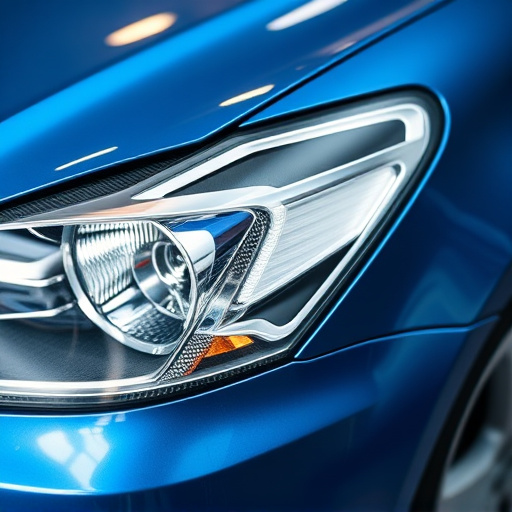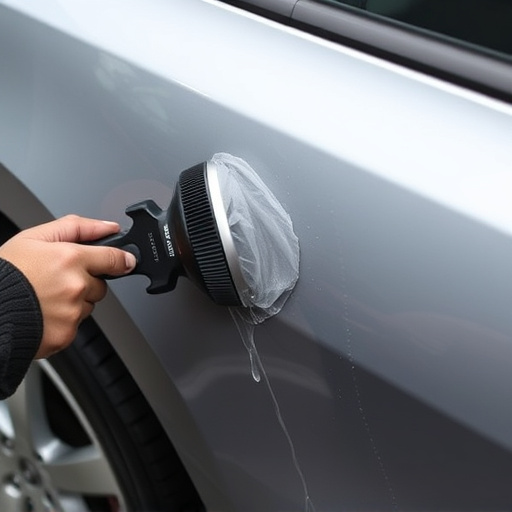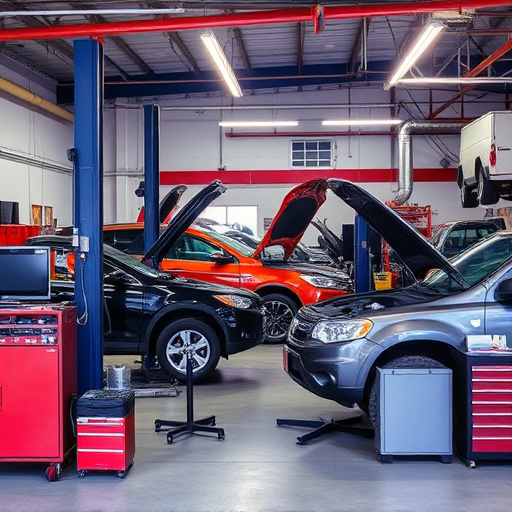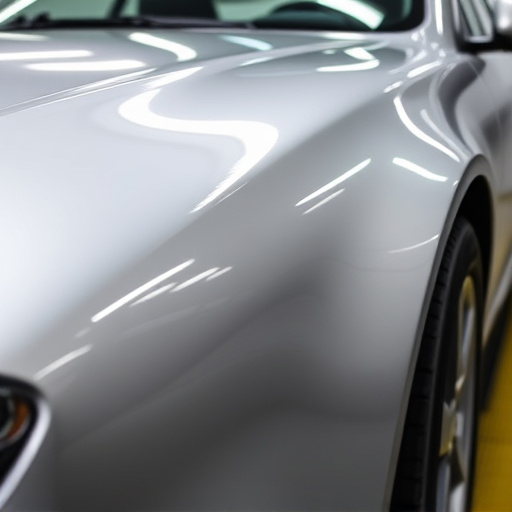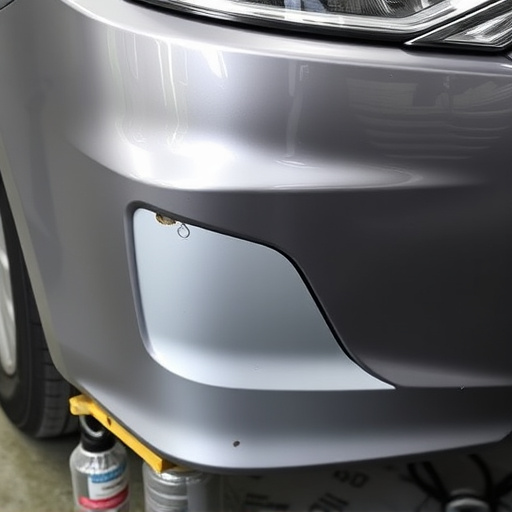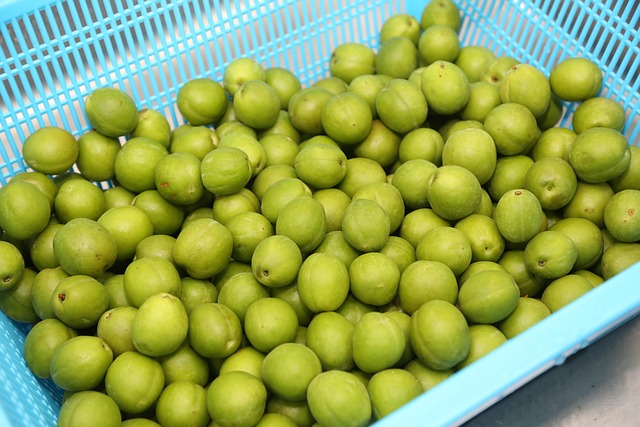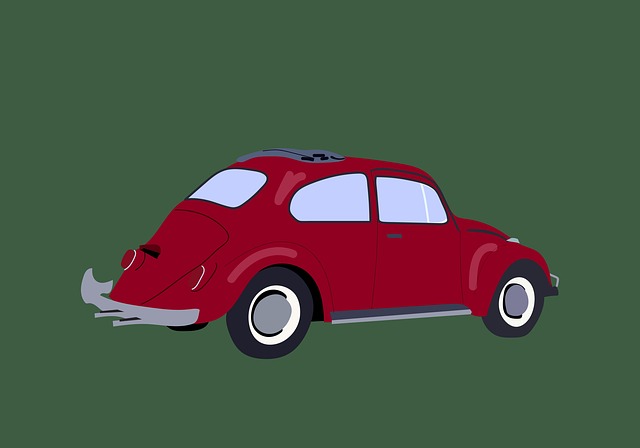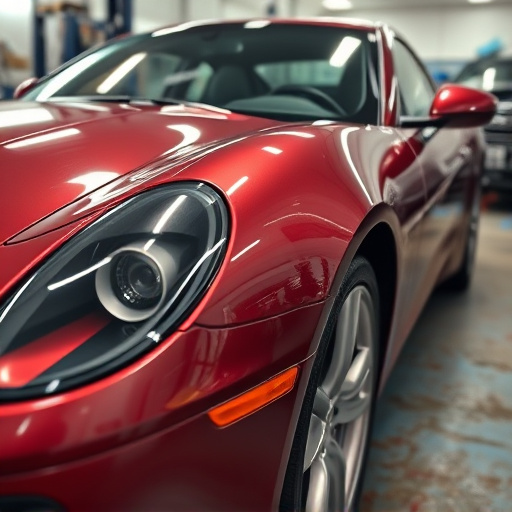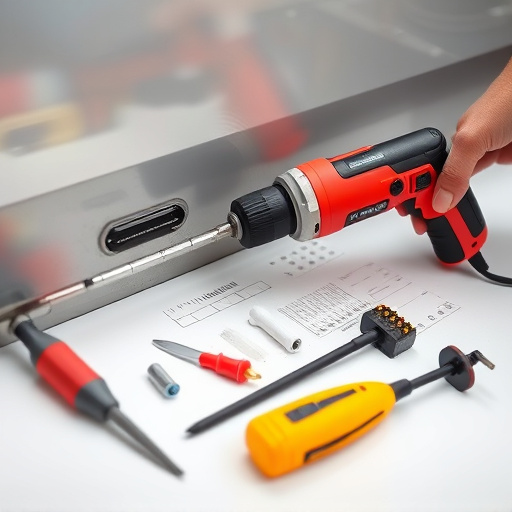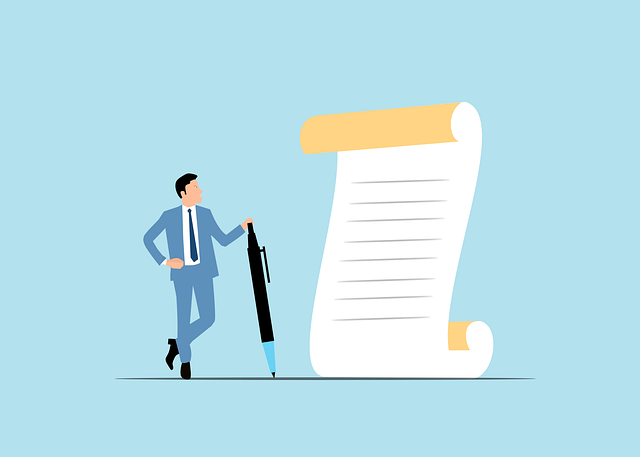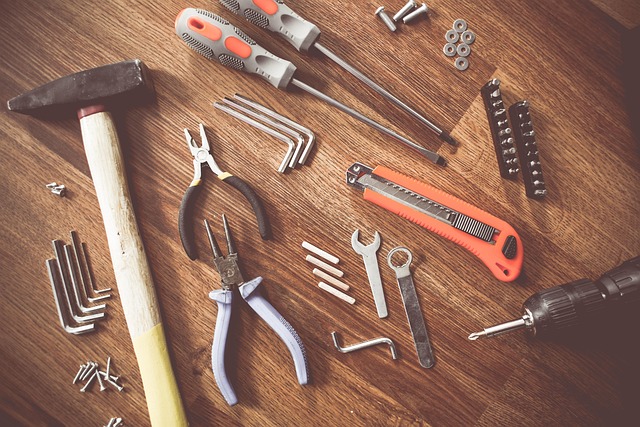Auto body restoration is a multi-stage process starting with damage assessment, disassembling affected panels, replacing parts, welding/bonding, and repainting using advanced tools and techniques. Completion time varies based on damage severity, job complexity, vehicle size/type, weather conditions, and availability of specialized equipment & skilled labor. Optimizations like laser scanning, CAD software, efficient inventory management, standardized workflows, and innovative solutions speed up the process, reducing errors and increasing customer satisfaction while maintaining high-quality standards.
“Unsure about the timeline for your vehicle’s complete auto body restoration? This comprehensive guide is your go-to resource. We delve into the intricacies of the restoration process, revealing what drives the duration from start to finish.
From understanding the step-by-step restoration journey to identifying factors that impact completion time, you’ll gain valuable insights. Additionally, we explore strategies to optimize and accelerate repairs, ensuring a smoother, faster recovery for your vehicle.”
- Understanding the Body Restoration Process
- Factors Affecting Completion Time
- Optimizing and Accelerating Repair Time
Understanding the Body Restoration Process
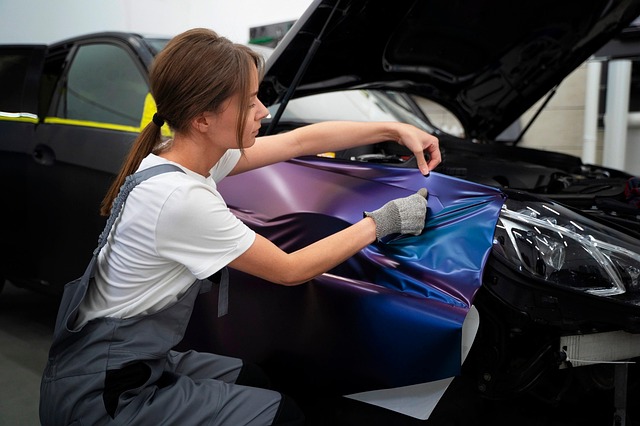
The auto body restoration process is a meticulous and intricate journey that involves several stages to bring a damaged vehicle back to its original condition. It begins with an extensive assessment to identify the extent of the damage, which could range from minor dents and scratches to severe crashes requiring complete reconstruction. This initial phase is crucial as it sets the foundation for the rest of the restoration process.
Once the damage is meticulously documented, the collision center or auto body shop commences the repair work. This includes various tasks such as disassembling the affected panels, replacing damaged parts with new or refurbished ones, welding and bonding, and repainting to match the vehicle’s original finish. The auto bodywork experts employ advanced techniques and tools to ensure precision and quality throughout the process. Each step is vital in achieving a seamless transformation, making the overall duration of complete auto body restoration depend on the severity of the damage.
Factors Affecting Completion Time
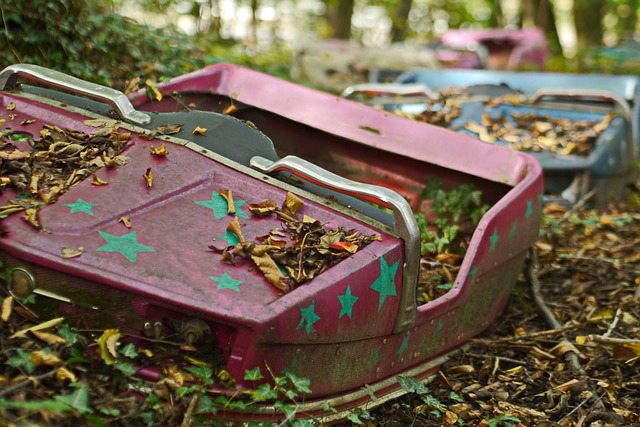
The completion time for an auto body restoration project can vary significantly depending on several factors. One of the primary influences is the extent of damage to the vehicle. Major accidents or extensive previous repairs may require more time due to the need for intricate detail work and structural reinforcement. The complexity of the job, including components like engine work or interior rebuilding alongside the auto painting process, also plays a crucial role in determining the timeline.
Additionally, the size and type of vehicle can impact completion times. Larger vehicles generally take longer to restore due to their more expansive surface areas and intricate body panels. Weather conditions are another key consideration; outdoor repairs may face delays caused by rain or extreme temperatures, which can slow down both painting and drying processes. Furthermore, the availability of specialized equipment and skilled labor in car repair services can streamline or extend the restoration timeline.
Optimizing and Accelerating Repair Time

Optimizing and Accelerating Repair Time in auto body restoration is a crucial aspect that can significantly impact customer satisfaction and business efficiency. Auto body repair specialists employ various techniques to streamline the process, ensuring that vehicles return to their pre-accident condition faster. One key strategy involves utilizing advanced technologies such as laser scanning and computer-aided design (CAD) software. These tools enable precise measurements and accurate repairs, reducing manual labor and potential errors.
Additionally, efficient inventory management and standardized procedures play a vital role in accelerating auto body restoration. Having the right supplies readily available and implementing structured workflows can minimize delays. Some shops also offer overnight painting services, quick-drying paints, and specialized equipment to expedite the auto body painting process without compromising quality. These optimizations ultimately benefit both customers, who get their vehicles back faster, and businesses, which experience higher productivity and improved operational costs.
Auto body restoration, a meticulous process, typically spans several weeks to months. Various factors, from the extent of damage to the availability of parts, can significantly impact completion time. By optimizing workflows and leveraging advanced techniques, skilled technicians can accelerate repairs, ensuring efficient and high-quality auto body restoration without compromising on precision or aesthetics.


